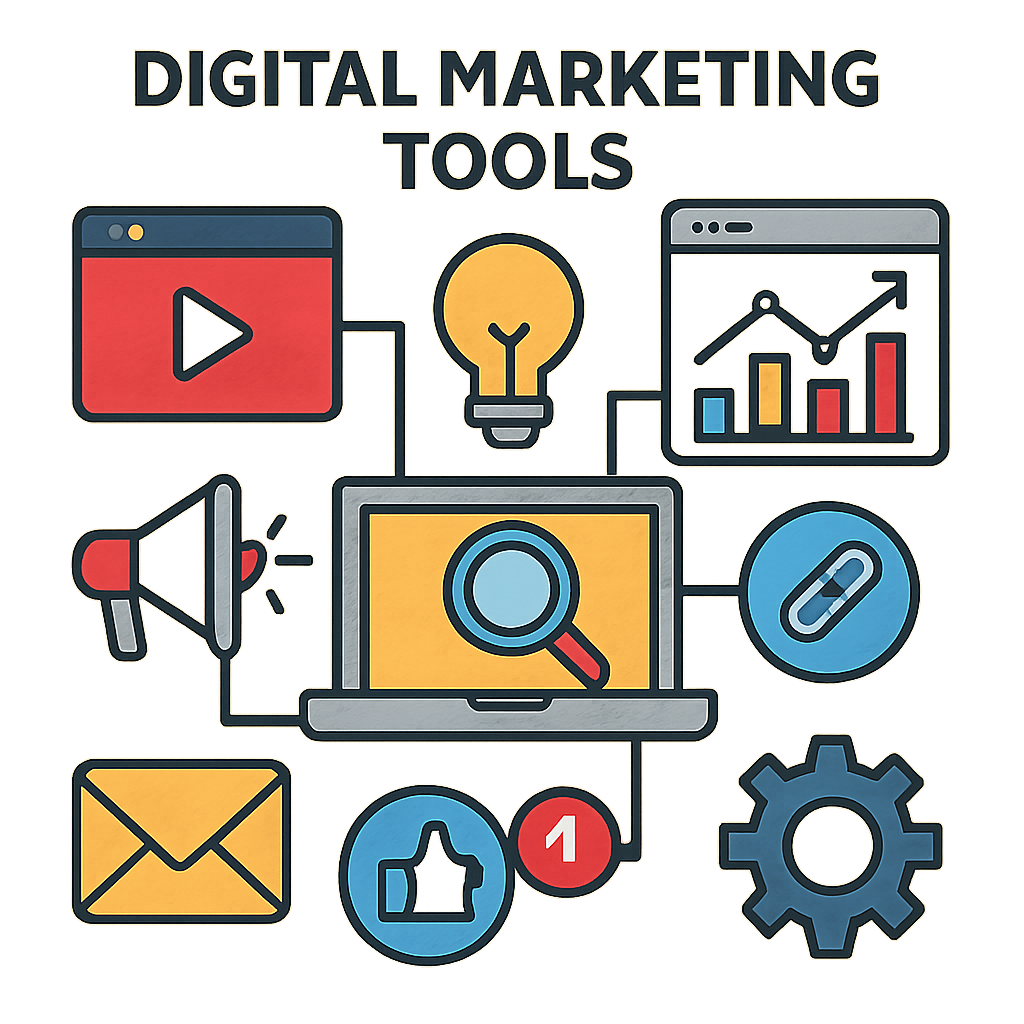Top Marketing Tactics for Small Businesses
Discover effective marketing strategies for small businesses, from digital marketing to content marketing, that enhance visibility and engagement.
Effective Marketing Strategies for Small Businesses
In the bustling world of small businesses, standing out can be a daunting task. With limited resources and a competitive market, how can small businesses effectively market their products or services? The answer lies in adopting strategic
One of the significant advantages of
 Crafting a Compelling
Crafting a Compelling Content Marketing Strategy
Identifying and Understanding Your Audience
The first step in developing a
Setting Clear and Achievable Objectives
Having clear objectives is essential for any
Creating Diverse and Engaging Content
Content creation should focus on delivering value to your audience. This includes producing a variety of content formats such as blog posts, videos, infographics, podcasts, and webinars. By diversifying content types, you can appeal to different segments of your audience and keep them engaged through multiple touchpoints.
Strategic Content Distribution
Once you have created valuable content, the next step is to distribute it effectively. Identify the platforms where your audience is most active, whether it's social media, email newsletters, or your own website. Tailoring your distribution strategy ensures that your content reaches the right people at the right time.
Continuous Analysis and Improvement
Regularly reviewing the performance of your content is crucial for ongoing success. Analyze metrics such as engagement rates, conversion rates, and audience feedback to identify areas for improvement. Use these insights to refine your strategy and optimize content for better results over time.
Leveraging Social Media Marketing
Social media platforms like Facebook, Instagram, Twitter, and LinkedIn offer small businesses a way to reach potential customers where they spend much of their time online. Social media
Building Brand Awareness and Community
Social media
Driving Traffic and Generating Leads
Every social media profile you create serves as a gateway to your website, offering opportunities to drive traffic and generate leads. By sharing high-quality content and encouraging interaction, you can attract potential customers to your site, increasing the chances of conversion and sales.
Enhancing SEO and Online Presence
Active participation on social media platforms can contribute to improved search engine rankings. Social signals, such as likes, shares, and comments, indicate to search engines that your content is valuable and relevant. This, in turn, can enhance your online presence and boost your website's visibility in search results.
 Utilizing Email
Utilizing Email Marketing
Email
Building and Nurturing a Quality Email List
The foundation of successful email
Personalization and Tailored Communication
Personalizing your emails is key to increasing engagement and conversion rates. Use data and insights about your subscribers to tailor your messages, addressing them by name and offering relevant content that resonates with their interests and needs. Personalized emails create a more meaningful connection with your audience.
Crafting Compelling and Valuable Content
Ensure that your emails are well-written and offer value to the reader. This could include informative newsletters, promotional offers, product updates, or educational content. By consistently delivering valuable content, you can keep your audience engaged and encourage them to take desired actions.
Optimizing for Mobile and User Experience
With a significant portion of email opens occurring on mobile devices, optimizing your emails for mobile is essential. Ensure that your email templates are responsive and that content is easily readable on smaller screens. Prioritizing user experience will enhance engagement and reduce the risk of unsubscribes.
Tracking Performance and Iterating Campaigns
Utilize analytics tools to track the success of your email campaigns. Monitor metrics such as open rates, click-through rates, and conversion rates to assess the effectiveness of your strategies. Use these insights to iterate and improve future campaigns, maximizing their impact and ROI.
Search Engine Optimization (SEO)
SEO involves optimizing your website to rank higher on search engine results pages (SERPs). A higher rank can lead to more organic traffic to your website.
Conducting Comprehensive Keyword Research
Effective SEO begins with thorough keyword research. Identify the terms and phrases your potential customers are searching for and incorporate them strategically into your content. By targeting the right keywords, you can increase the visibility of your website in search engine results.
Enhancing Website Structure and User Experience
Optimizing your website's structure and design is crucial for both search engines and users. Ensure that your site is easy to navigate, mobile-friendly, and fast-loading. A positive user experience not only improves SEO rankings but also encourages visitors to stay longer and explore more.
Producing High-Quality and Relevant Content
Content remains a cornerstone of SEO success. Create informative, engaging, and valuable content that addresses your audience's questions and needs. By consistently publishing high-quality content, you can establish authority in your niche and attract organic traffic over time.
Building a Strong Backlink Profile
Backlinks from reputable sites serve as endorsements for your website's credibility. Focus on building a strong backlink profile by reaching out to industry influencers, guest blogging, and participating in relevant online communities. Quality backlinks can significantly boost your site's authority and search engine rankings.








